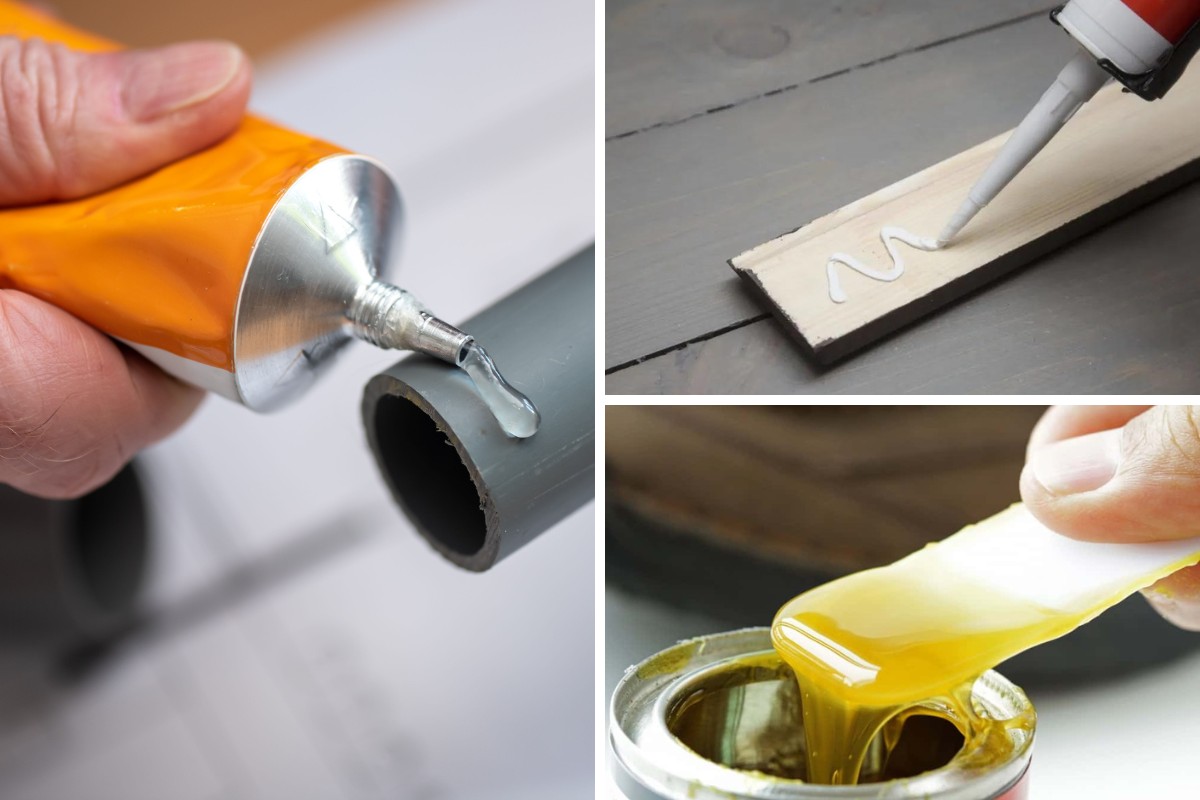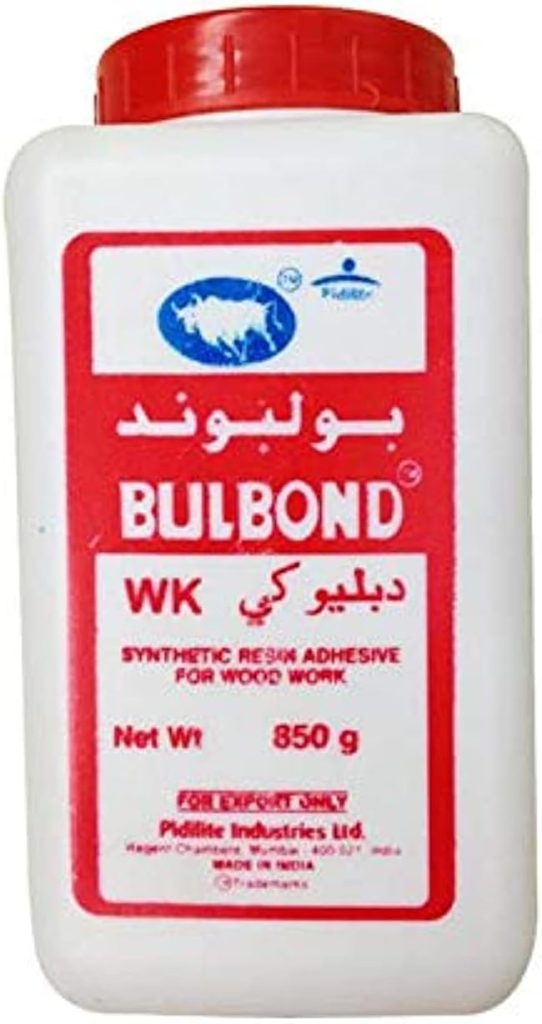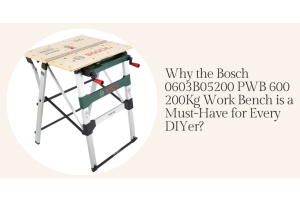The Ultimate Guide to Different Types of Glue: History, Uses, and Tips

Introduction:
Glue, the unsung hero of everyday life, plays a crucial role in holding things together. From children's stationery supplies to household repairs and professional crafts, glue is a versatile adhesive with numerous applications. In this comprehensive guide, we will explore the history, uses, and tips for different types of glue.
The Fascinating History of Glue:
Glue has a long and illustrious history, dating back to 70,000 BCE. The earliest evidence of glue usage can be traced back to cave dwellers in South Africa, who used gum arabic/tree sap from acacia trees as an adhesive for hunting tools. Egyptians later developed a similar sticky concoction from animal bone extracts around 2000 BC.
In 1932, Elmer's glue was introduced and quickly became a household name. Since then, various types of glues have been developed to cater to different needs. Let's dive into the different types of glue available in the market today.
Craft Glue/White Craft Glue:
Craft glue, also known as white craft glue, is a staple in every crafter's cupboard. It is the go-to adhesive for paper and other porous materials like card sheets. This water-based glue is non-toxic and safe for use by both kids and adults. Craft glue dries quickly, usually within a few minutes or an hour at most, making it ideal for arts and crafts projects.
Wood Glue:

Wood glue, as the name suggests, is specifically designed for bonding pieces of wood and wooden surfaces. There are different types of wood glue available, such as epoxy, hide glue, and polyurethane glue. These adhesives are used in making furniture, decorative items, and other woodworking projects. Wood glue provides high strength, resistance to moisture, and good gap-filling ability.
Super Glue:

Super glue, also known as cyanoacrylate adhesive, is a highly versatile adhesive that can bond a wide range of materials, including metal, ceramics, glass, wood, and leather. It is known for its quick adhesive property and creates strong and durable bonds. Super glue dries rapidly, so it is important to handle it with care to avoid accidentally gluing fingers together.
Fabric Glue:
Fabric glue is specifically designed for bonding fabrics and is ideal for repairing upholstery or mending torn clothes. It comes in different forms, such as ready-to-use liquid glue or webbing that needs to be melted with heat. Fabric adhesives stay flexible even after drying and are usually waterproof, allowing garments to be washed without worries. It is important to read the instructions on the fabric glue label before using it to ensure proper usage.
Hot Glue:
Hot glue is a popular adhesive for various crafts and DIY projects. It is sold in solidified form and needs to be melted before use. Once melted, it can be used like any other liquid glue. Hot glue is suitable for almost every material except for metal. It is known for its high strength, quick drying time, and ease of use. Hot glue guns are commonly used for creating decorative items and are a staple tool for many crafters.
Pressure Sensitive Adhesive (PSA):
Pressure sensitive adhesive, also known as PSA, is an adhesive that is sold in sheets of glue dots. It is commonly used for arts and crafts, sticking pictures and notes on the refrigerator, and creating other bonds that do not require high impact resistance. PSA provides a convenient and clean way to create bonds without the need for liquid glue.
Glitter Glue:
Glitter glue is a type of crafting glue that adds sparkle and shine to any project. It is a favorite among kids and is commonly used for art projects. Glitter glue comes in various bright colors, sometimes with a metallic finish. It is packaged in slender plastic tubes for easy handling. Glitter glue dries quickly and can be easily peeled off or cleaned with solvents if needed. It is an affordable and fun adhesive option for both kids and adults.
Epoxy:

Epoxy is a type of glue that is made from a chemical compound called epoxy. It is known for its high cohesive strength and ability to fill microscopic holes on surfaces, creating strong bonds. Epoxy glues come in two separate bottles, one containing the resin and the other containing the hardener. They can be multi-purpose or specifically formulated for bonding different materials such as wood, plastic, or marble. Epoxy glue is widely used for various applications, from minor household fixes to bonding objects in harsh outdoor environments.
Polyurethane:
Polyurethane glue is another adhesive that can be made from the chemical compound polyurethane. It is known for its high tensile strength and ability to bond a wide range of materials, including plastics, concrete, aluminum, steel, and wood. Polyurethane glue is often used in marine environments as it is completely waterproof and provides long-lasting bonds. It can withstand high impact and is ideal for heavy-duty applications.
Spray Glue:
Spray glue is a multi-purpose adhesive that comes in an aerosol can. It is designed for bonding large areas and is commonly used for crafts, household repairs, and office uses. Spray glue creates a thin and uniform adhesive layer when sprayed onto surfaces. The strength and durability of the glue can vary depending on the material it is designed for. It provides convenience and ease of use for various adhesive needs.
Glue Pen:
Glue pens are compact adhesive tools that contain transparent liquid glue. They are commonly used for precise applications, such as filling minor cracks or joining small objects. Glue pens come with different tips to create thin lines and are suitable for various materials. They dry quickly and provide a clean finish. Glue pens are ideal for crafts and other projects that require detailed adhesive application.
Glue Dots:
Glue dots are solidified glue sold in sheets, rolls, or dispensers. They provide a convenient and mess-free way to create bonds. Glue dots can be applied quickly and easily, offering sufficient adhesion for lightweight objects. They are often used in crafts, packaging, and other applications where a clean and temporary bond is required.
Glue Stick:
Glue sticks are cylindrical rolls of soft adhesive inside a plastic tube. They are commonly used in schools and offices for various paper-related projects. Glue sticks are easy to use, as they can be applied directly to the required surface by rubbing them a few times. They dry quickly and are user-friendly in terms of handling and cleaning. Glue sticks offer durable adhesion, although they may not be suitable for all types of materials.
Popular Glue Brands:
- Tacky Glue: Aleene's All Purpose Tacky Glue is a popular choice for bonding silk, burlap, ceramic, and Styrofoam. It has a quick-drying formula but is not suitable for fabrics that require washing.
- Elmer's Glue: Elmer's Liquid School Glue is a widely recognized brand that is versatile and suitable for various projects, including making slimes and paper mache. It comes in different sizes and even color-changing options.
- Mod Podge: Mod Podge is a renowned decoupage medium used for bonding surfaces, sealing, and providing a glossy finish. It is commonly used in paper crafts and can also work well on fabric.
- Pattex: Pattex is a trusted brand known for its reliable adhesive solutions. With a wide range of products, including Pattex Multi-Purpose Adhesive, Pattex Wood Glue, and Pattex Repair Gel, the brand offers versatile options for various bonding needs. Pattex adhesives are designed to provide strong and durable bonds on different materials, making them suitable for a variety of projects and applications.
Useful Glue Tips:
- Seal the container immediately after use to prolong the effectiveness of the glue.
- Store super glue in the refrigerator to prevent it from drying out.
- Test any type of glue on a small area before using it for a project.
- Roughen smooth and shiny surfaces with sandpaper before applying adhesive for better bonding.
- Use acetone or solvents to remove common adhesives like super glue from skin or surfaces.
Conclusion:
In conclusion, glue is a versatile adhesive with numerous types available for different applications. Whether you're a crafter, carpenter, or DIY enthusiast, there is a glue that suits your needs. By understanding the different types of glue and their properties, you can choose the right adhesive for your next project.




